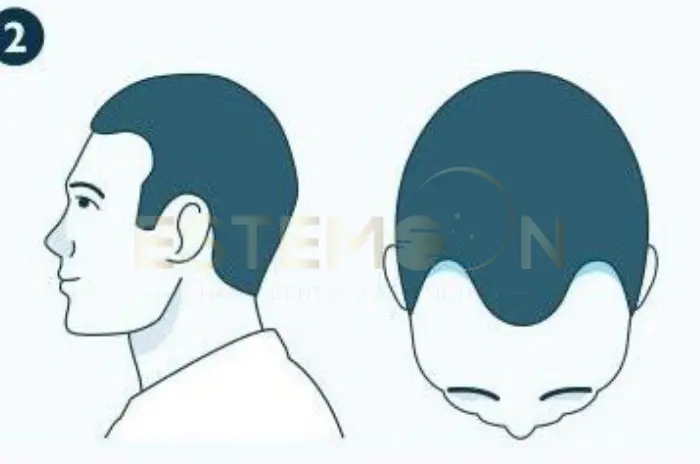Undergoing a hair transplant can be a life-changing experience, providing a renewed sense of confidence and a fuller head of hair. However, proper aftercare is crucial to ensure the success of the procedure, especially when it comes to resuming physical activities. In this comprehensive guide, we’ll explore everything you need to know about doing exercise after hair transplant, including when you can start, what types of exercise are safe, and tips for protecting your new hair grafts.
Understanding the Healing Process
Before diving into the specifics of exercise, it’s essential to understand the healing process following a hair transplant. The procedure involves moving hair follicles from a donor area to the thinning or balding parts of the scalp. These grafts need time to secure themselves in their new location and start growing. Typically, the initial healing phase lasts about 7-10 days, but full recovery and optimal hair growth can take several months.
When Can You Start Exercising Again?
Resuming exercise too soon after a hair transplant can jeopardize the success of the grafts. Here’s a general timeline to follow:
- First Week Post-Transplant
During the first week, it’s crucial to avoid any strenuous activities that could increase blood pressure or cause sweating. Both can dislodge the newly transplanted grafts and lead to complications such as infection or poor graft survival. Stick to light activities like gentle walking to promote blood circulation without risking your new hair.
- Weeks 2-4 Post-Transplant
After the first week, you can gradually reintroduce light to moderate exercises. Activities such as brisk walking, light jogging, or yoga are generally safe during this period. However, it’s essential to avoid exercises that involve heavy lifting, intense cardio, or any activity that causes excessive sweating.
- Weeks 4-6 Post-Transplant
By this time, most people can start resuming their regular exercise routines with some caution. You can begin to incorporate more moderate to intense activities but still avoid high-impact sports or exercises that put pressure on the scalp. Always listen to your body and consult with your surgeon if you have any concerns.
- After 6 Weeks
Six weeks post-transplant, you can typically resume all types of physical activities, including heavy lifting and intense cardio. However, it’s still important to be mindful of your scalp and protect it from direct trauma or excessive friction.
Tips for Exercising Safely After a Hair Transplant
- Stay Hydrated: Proper hydration helps in overall recovery and ensures that your body functions optimally during workouts.
- Wear a Headband or Sweatband: This can help to keep sweat away from the scalp and reduce the risk of infection.
- Protect Your Scalp from the Sun: If you’re exercising outdoors, wear a loose-fitting hat or apply sunscreen to prevent sunburn on the sensitive transplanted area.
- Avoid Chlorinated Pools: Swimming in chlorinated water should be avoided for at least a month post-transplant to prevent irritation and infection.
- Monitor Your Body’s Response: Pay attention to any signs of discomfort or unusual reactions in the transplanted area and consult your surgeon if necessary.
Exercising after a hair transplant requires careful planning and patience. By following the recommended guidelines and listening to your body, you can safely resume your fitness routine while ensuring the best possible outcome for your new hair. Always consult with your healthcare provider for personalized advice and to address any specific concerns you may have during your recovery process.
Stay active, stay healthy, and enjoy the benefits of your new, fuller hair!




